Download SurgiSculpt’s free Liposuction eBook
Body lift is recommended for patients who have lost significant weight resulting in redundant skin far more prolific than excess adiposity. Body lift involves the resection of large amounts of skin and the elimination of residual fat; long surgical incisions are required. Learn more on how body lift incision healing is optimized below.
The most common concern of body lift patients is how bad their surgical incisions will be. First, let us review the extent of incision lines required that may involve your arms, upper back, lower back and buttock, abdomen, breasts, and medial thighs.
These incisions are naturally required to complete Brachioplasty, upper body lift, lower body lift, breast lift, and medial thigh tuck. If your health is optimized, all of these procedures will be performed in a single surgical session. Body lift patients are reminded that our priority is to improve their overall contour. However, the incision line healing must be optimized.
So How Body Lift Incision Healing is Optimized?
Body lift incisions are optimized through a regimen of maneuvers. To begin with, we minimize the risk of contamination by placing you on peri-operative antibiotics. The second maneuver requires a multi-layer closure that requires repair of underlying fascia as a separate layer from the skin. Additionally, the skin is repaired in two separate layers.
Of significance is our use of the hardiest suture available, called PDS, which lasts for up to 3 months before being absorbed by your body. This allows your body to heal or bridge the gap of the incision line up to 60 % before losing the sutures’ support.
Cheaper sutures, including Vicryl and Monocril, are used by other providers and only provide you with two weeks and six weeks of support. Finally, no external sutures are used in order to avoid any hash marks. Instead, we use an external tape called Steri-Strip, which acts like an external suture that avoids any suture marks.
Following surgery, multiple modalities are used to optimize your body further lift incision healing. First, the Steri-strips are maintained for one month. Once the Steri-Strips fall off, you will be provided Intense Pulse Light therapy to lighten your incision lines’ redness. These treatments are offered at eight, ten, and 12 weeks.
Finally, from one month through six months, we advocate the religious application of topical silicone to your incision lines, as silicone is the only intervention scientifically proven to reduce incision line prominence.
We use the Siligen brand for scar management since it is nearly 100% silicone in composition and avoids non-proven molecules used by competing products in the market to dilute their product.
If you are a patient concerned about incision line healing but desire a body lift, we encourage you to make a virtual consultation with our staff to learn how we optimize your body lift healing.
